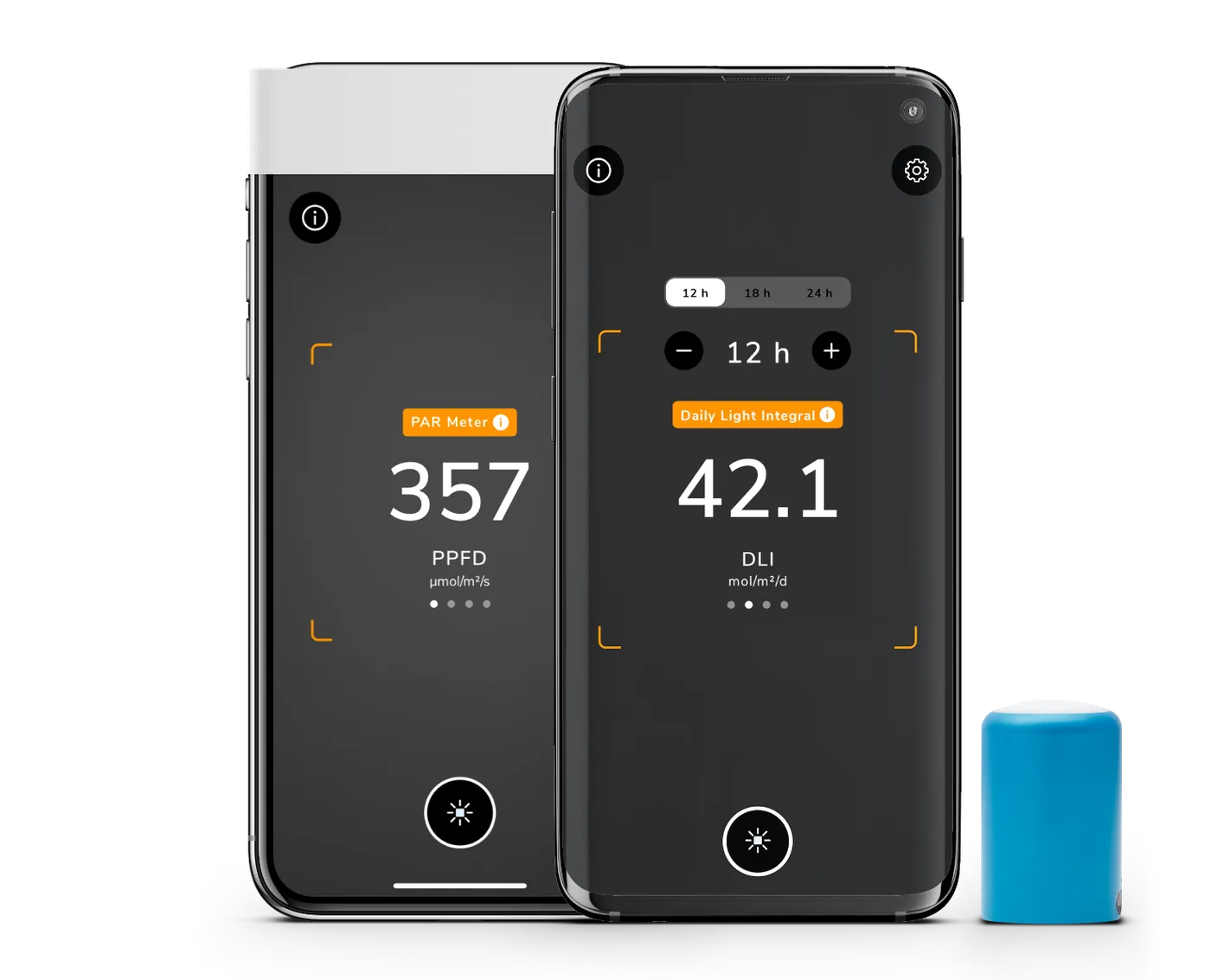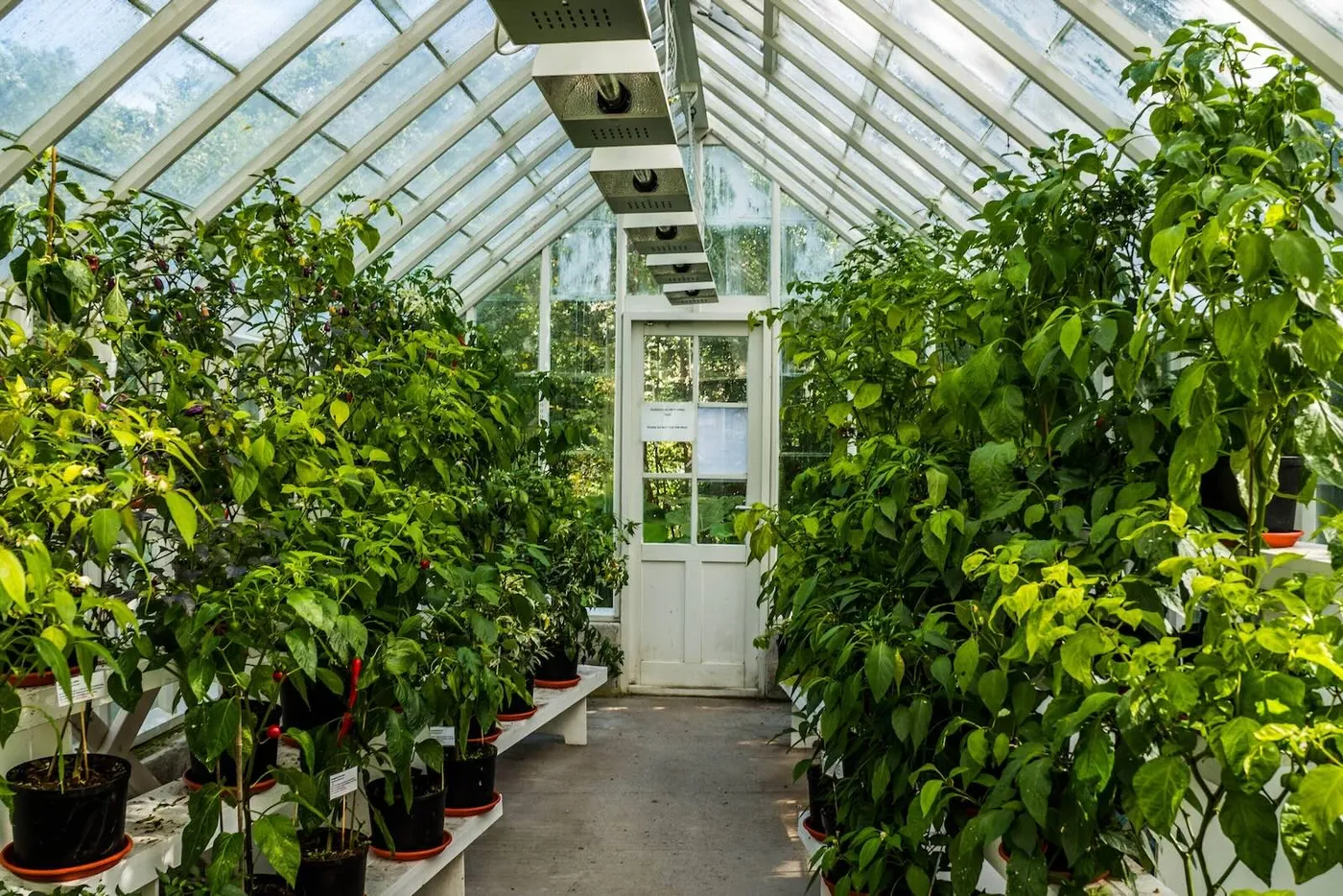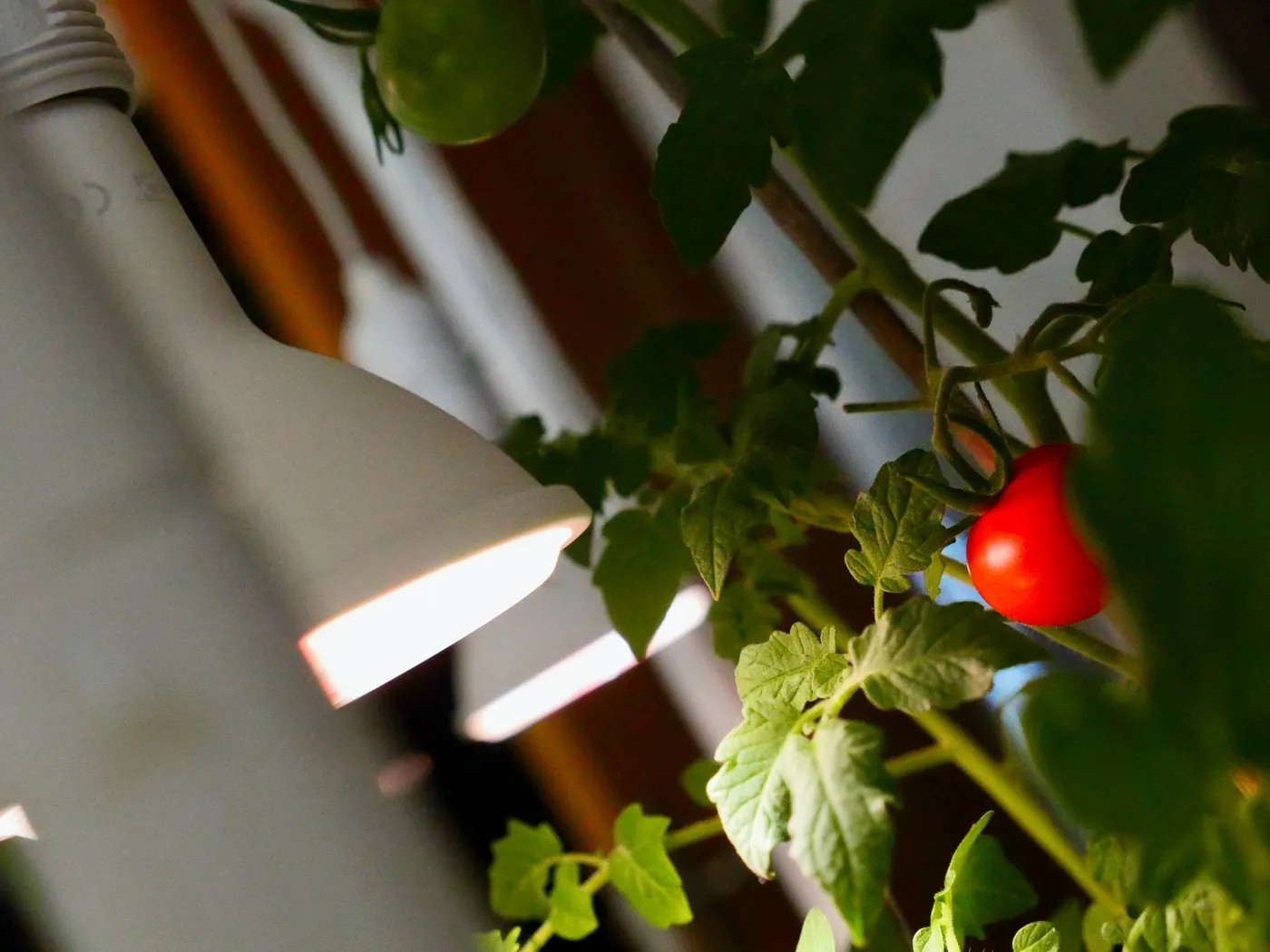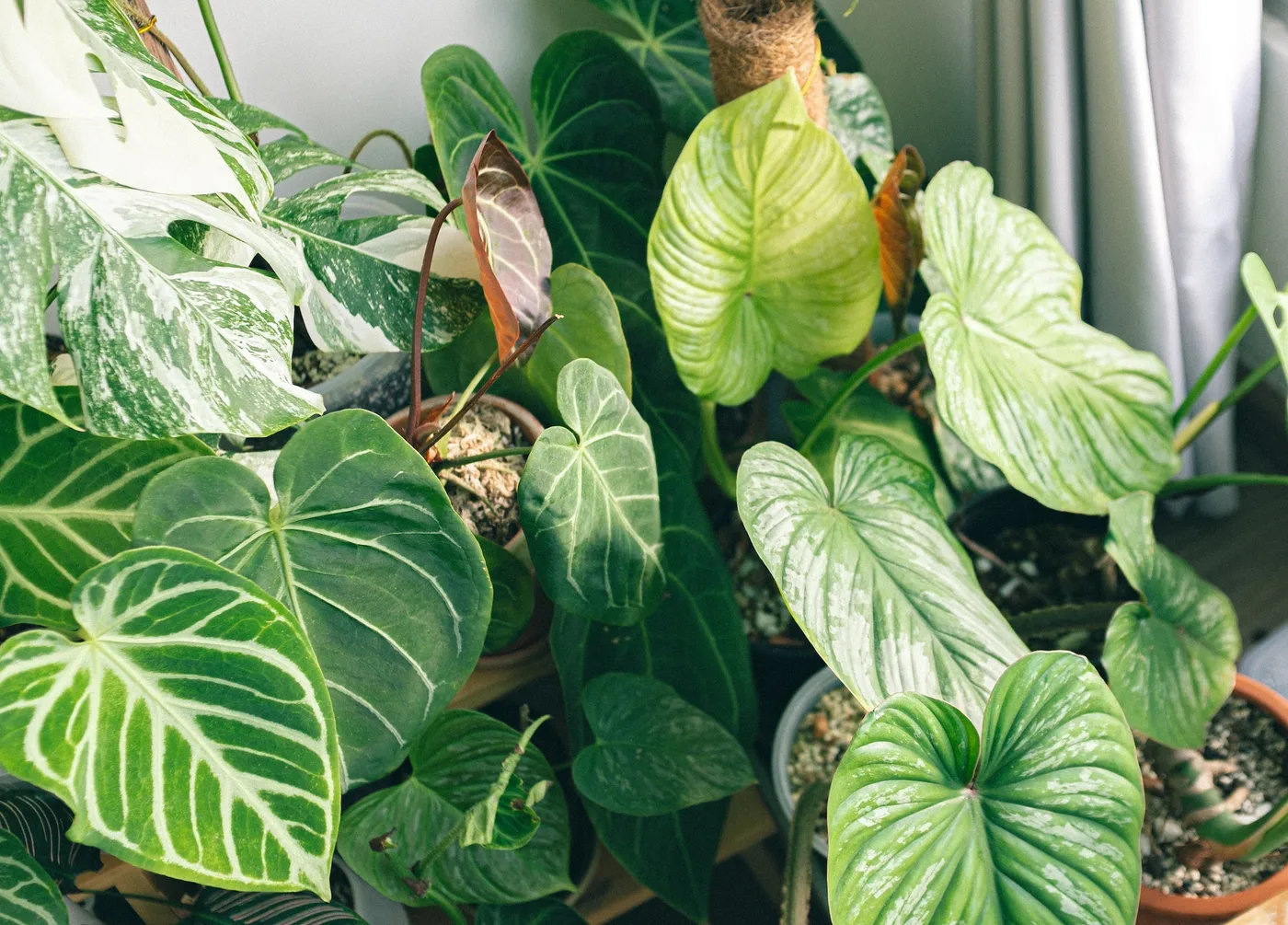
Auto-Translate
When it comes to understanding your plants' lighting down to a science, the daily light integral, or DLI for short, is all you need. Light is the primary driving force for each photosynthetic plant on our planet, which is why understanding the daily light integral for specific crops is necessary for healthy growth and abundant yields.
Join us as we describe what the DLI is, how it affects plant growth, and how you can harness this invaluable measurement with the press of a button.
Contents
What is the Daily Light Integral?
The DLI combines light intensity (PPFD) with the lighting duration (photoperiod) over a 24 hour window and is measured in the unit of mol/m²/d i.e. light per area per day. Although this may sound complicated, keep reading – it gets easier.
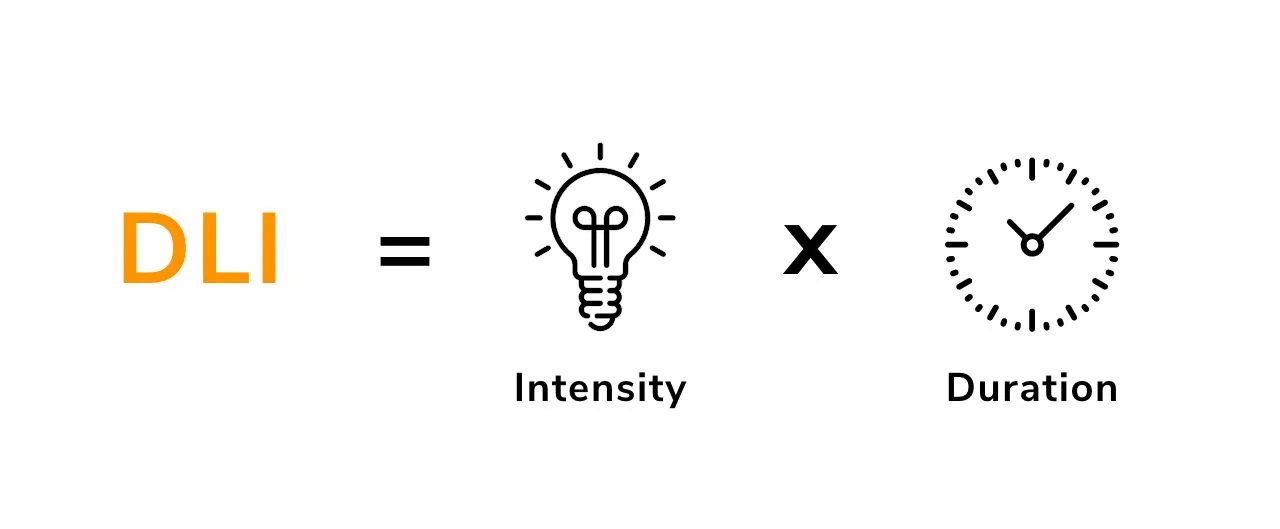
Plants capture photons (light particles) and turn them into energy with the help of chlorophyll and carotenoid, two photon-capturing molecules. These molecules use light differently than the human eye captures, so not all visible light is equally contributing to plant growth. In order to measure the light your plants actually use for photosynthesis, you must measure photosynthetically active radiation (PAR) using a PAR meter. If you want to learn more about the differences in light for humans and for plants, we recommend the full article on our blog.
PAR intensity, or how much usable light reaches the plant's leaves, is measured as photosynthetic photon flux density (PPFD) in the unit of μmol/m²/s i.e. light per area per second. The daily light integral is extending this PPFD measurement taken per second to a full 24-hour day in respect to the actual lighting duration.
In an outdoor setting, the PPFD and resulting DLI vary strongly by weather, location, season, and the placement of the plant. In an indoor setting with artificial lighting it is a lot less complex with just the intensity of the light and the amount of time it is turned on factoring in.
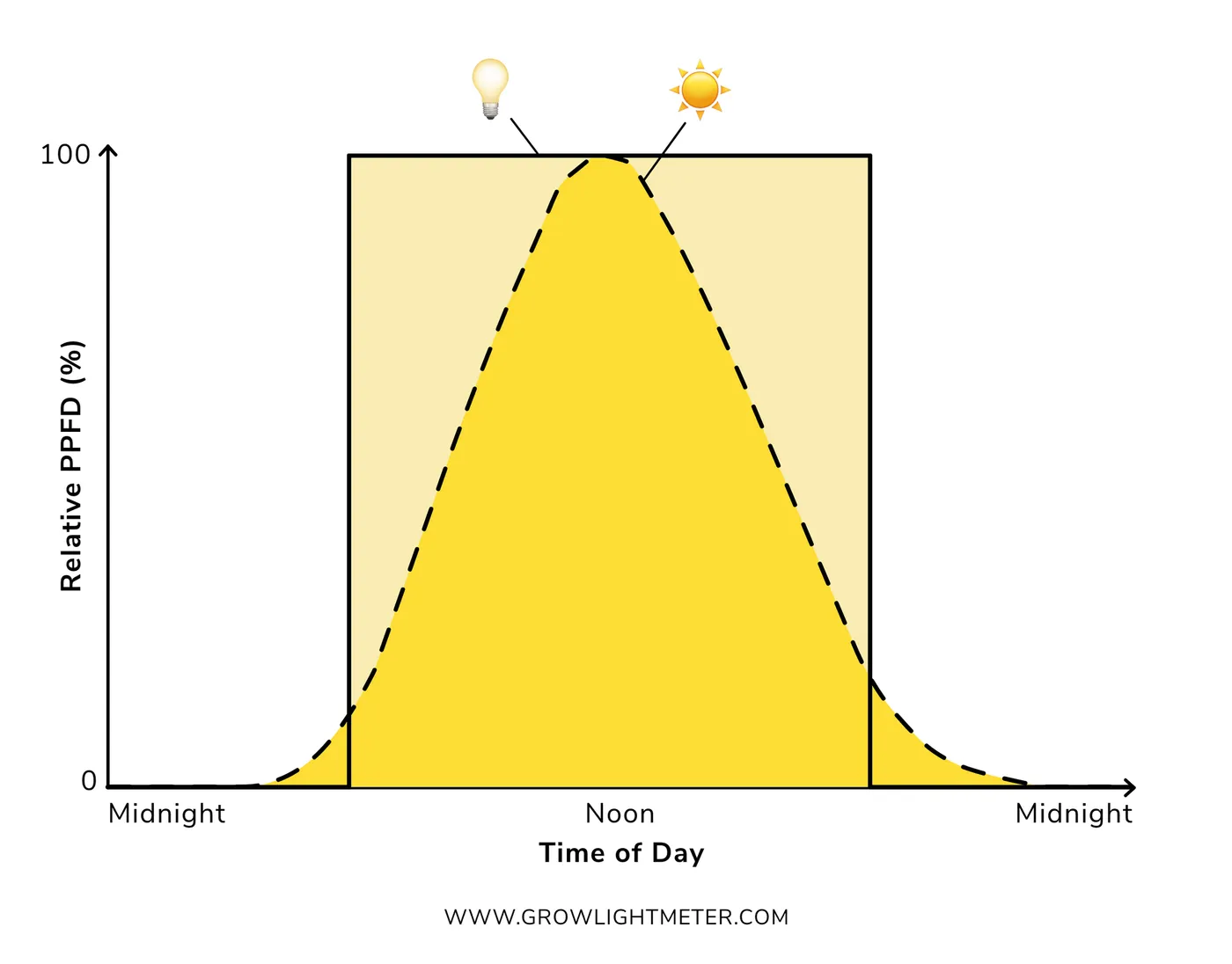
Instead of going into complicated calculations, we’ll leave the technical aspects for now and find out how DLI is beneficial for plants.
Why is Light Important for Plants?
Light is the primary driving force for all photosynthetic plants. Although other factors, such as the medium where roots are anchored and the moisture that quenches their thirst, is beyond essential, light takes the game a step further for most plants.
This is because light fuels every process within the plant, such as root growth, flower production, and vegetative growth. The DLI measures the amount of light per day that plants use to reach their potential and that’s why it is so significant.
Some of you may wonder - why does that matter? It matters because your plant won’t perform if it doesn’t receive the optimal amount of light. Where too little light will make the plant leggy and week, too much light will damage the plant and prevent it from further performing photosynthesis. Both will result in a much smaller yield.
How Indoor Growers Can Harness DLI for Optimized Growth and Larger Yields
Most indoor growers routinely complain about high electricity bills, hot grow rooms, and underperforming crops. However, all of these problems can be tackled when measuring and optimizing the DLI, because it literally affects everything!
All plants have an optimal (or maximum) DLI level. When you know your plants' optimal DLI requirement, you can tune your lighting to ensure it doesn’t get too much or too little. In other words, DLI can save you additional electricity from your grow lights and cooling system because it’s more likely that you’re giving your plants too much light.
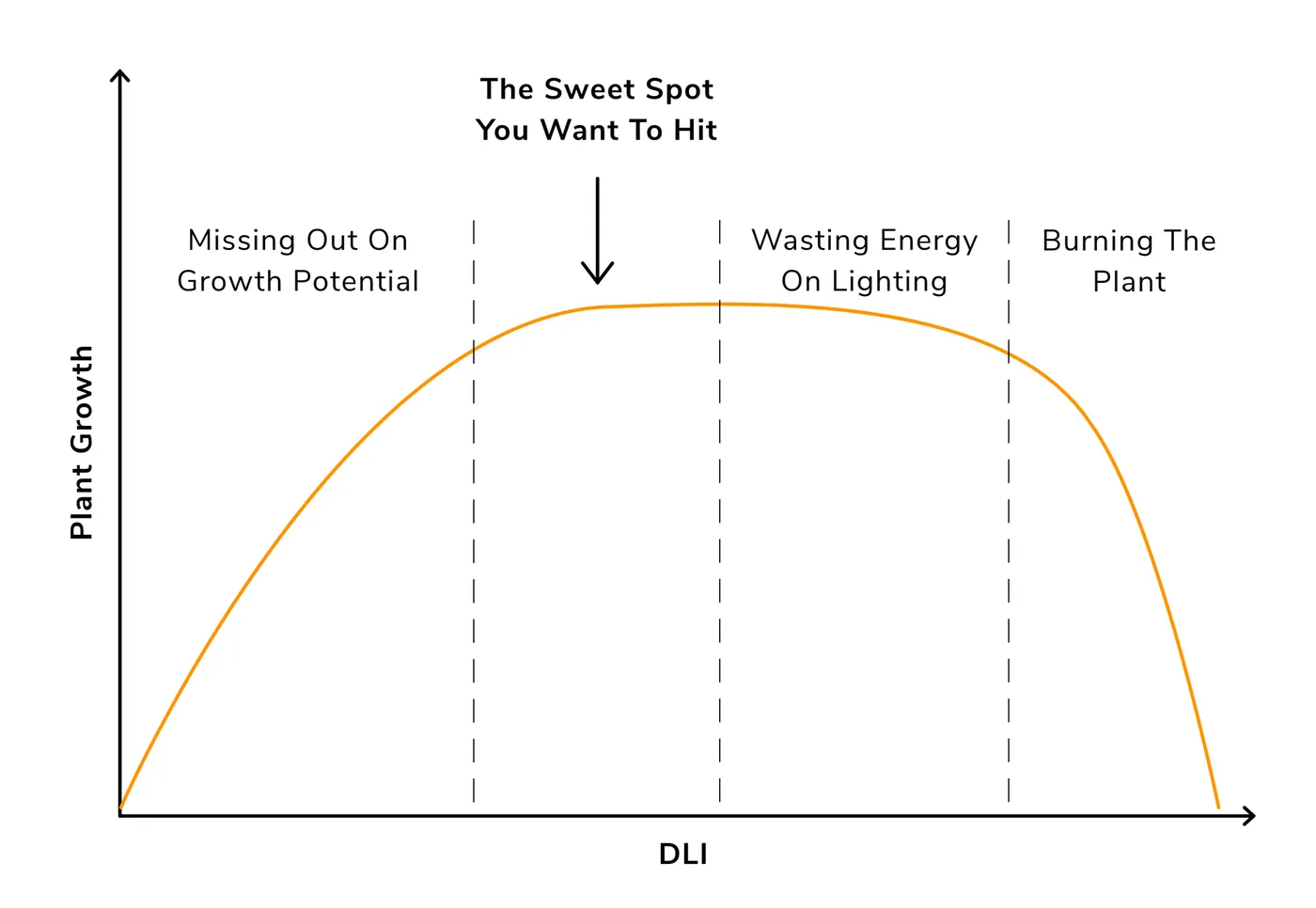
All plants have different DLI requirements according to their natural habitat. A plant growing at the base of the jungle floor has a significantly lower DLI compared to that of a palm tree that receives an abundant amount of bright sunshine.
When you take all this information into consideration, it’s easy to understand how improving the environmental conditions in the grow room (such as reducing heat due to less light) will lead to more healthy crops. When your plants are satisfied, there’s no doubt that they will thank you with a plentiful harvest.
Let’s take a look at the DLI requirement of various crops that are popularly cultivated indoors.
DLI for Common Indoor Crops
| Plant | DLI (mol/m²/d) |
|---|---|
| Shade Plants | 6 - 10 |
| Peas | 9 - 12 |
| Basil | 12 - 26 |
| Broccoli | 15 - 35 |
| Tomatoes | 22 - 30 |
| Zucchini | 22 - 28 |
| Peppers | 20 - 30 |
| Cannabis | 20 - 45 |
As you can see, chili pepper and cannabis crops have a surprisingly high DLI, which explains why high output lamps are necessary when cultivating this crop indoors.
If you're growing cannabis and want to harness your knowledge about the DLI even more, we recommend our detailed article on cannabis DLI across the full growth cycle from seed to harvest.
For more information on any plant's optimal DLI, we recommend to search our plant light database:

Optimize Your Grow With The Press Of A Button
Instead of sitting next to your plant and trying to make an accurate calculation, let Photone crunch the numbers for you. Photone is a mobile app that utilizes the front camera on your phone or tablet to instantly calculate the DLI at a specific position. This is done through the use of advanced image processing algorithms that allow you to gain crucial insight into the amount of usable light that your plant receives.
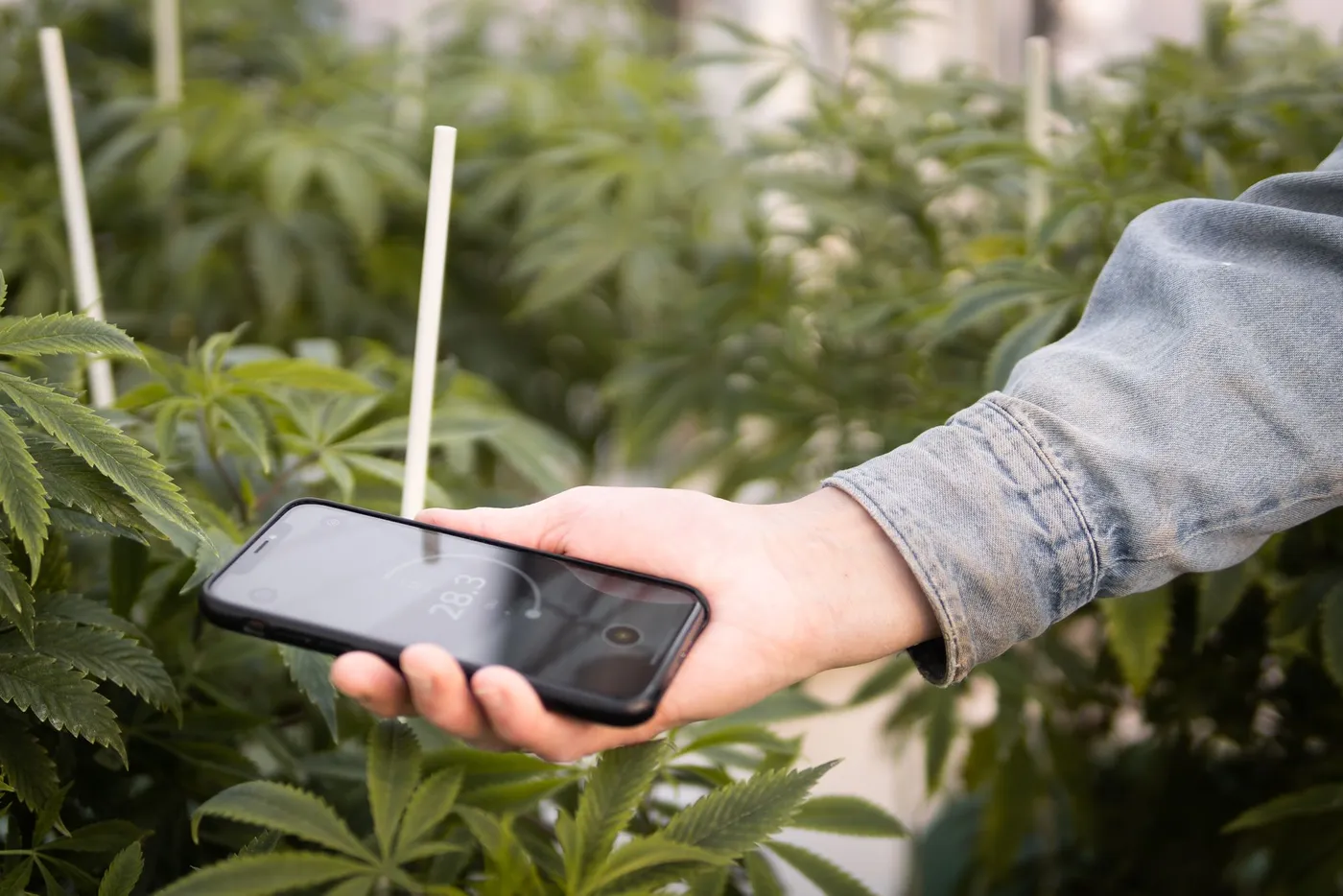
With the help of Photone, you can decrease your energy bills by understanding what your plants actually need. Furthermore, your crops will yield a bountiful harvest when they receive exactly what they need. No more wasted electricity means more green in your pocket – to which all indoor growers will agree, is a good thing.
So, go ahead, look up your crops' required DLI, download Photone, and start measuring and growing like a pro.

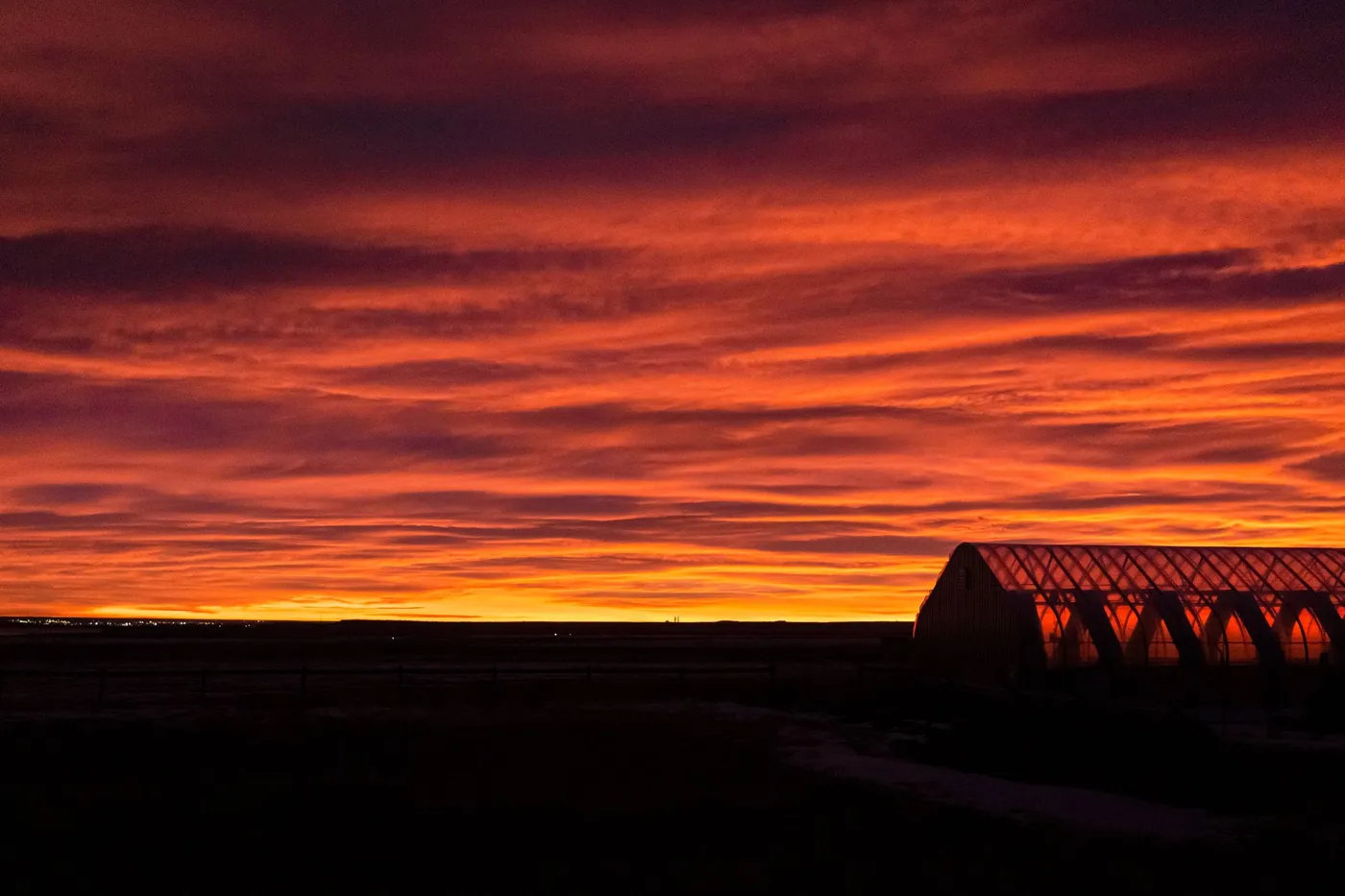
 Share This
Share This




